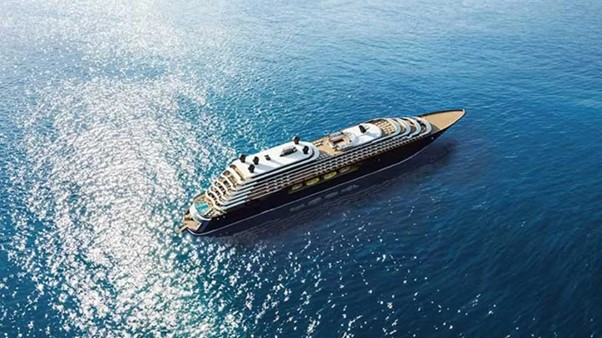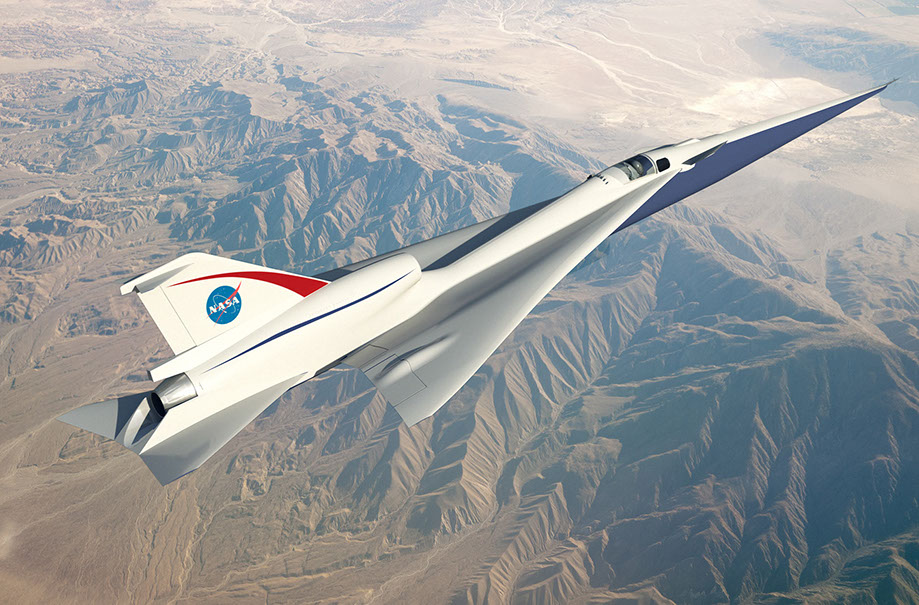 NASA just awarded Lockheed Martin a $247.5 million contract to build the X-Plane, an aircraft faster than the speed of sound. The contract states that LM will refine, build and test the experimental aircraft, also known as “Low-Boom Flight Demonstrator”, under the wing of the aerospace company.
NASA just awarded Lockheed Martin a $247.5 million contract to build the X-Plane, an aircraft faster than the speed of sound. The contract states that LM will refine, build and test the experimental aircraft, also known as “Low-Boom Flight Demonstrator”, under the wing of the aerospace company.
The proposed plane, based on a preliminary design developed by Lockheed Martin, will be 29 meters long with a wingspan of 9 meters and a fully-fueled take-off weight of 15,000 kilograms.
The team will deliver the aircraft to NASA’s Armstrong Flight Research Center by the end of 2021. The agency is hopeful that the X-Plane can operate commercial routes over land unlike its sonic boom-producing predecessors, including Concorde.
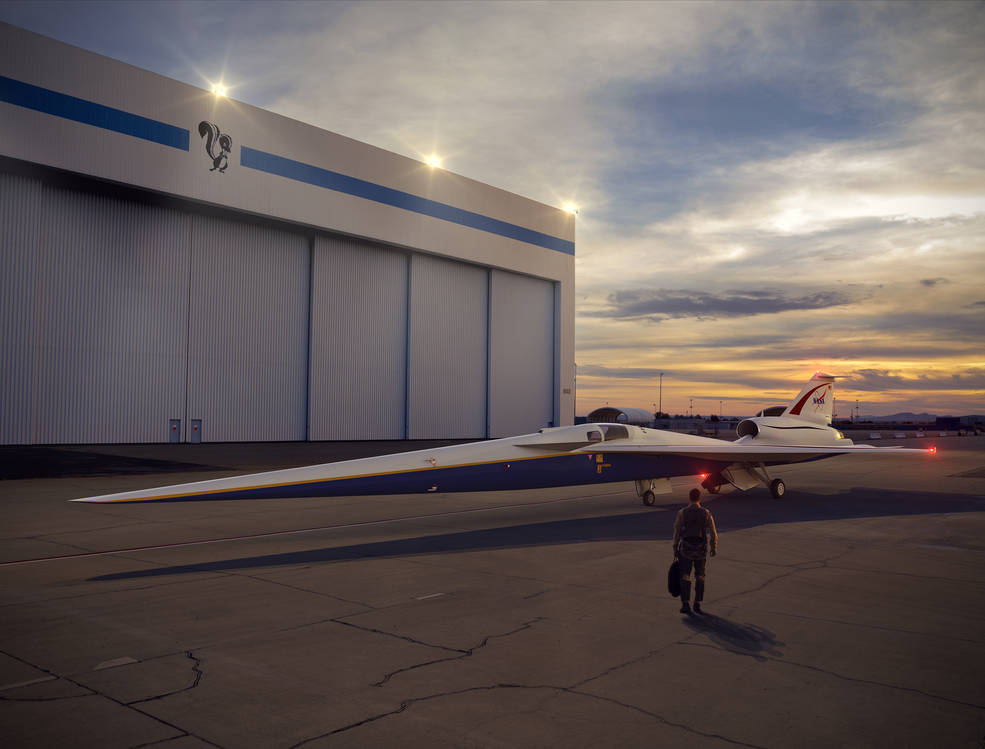 The X-Plane is designed to produce sonic booms that are barely audible from the ground. Currently, supersonic flight over land is restricted due to extremely loud noise at takeoff and during flight because of the sonic booms.
The X-Plane is designed to produce sonic booms that are barely audible from the ground. Currently, supersonic flight over land is restricted due to extremely loud noise at takeoff and during flight because of the sonic booms.
NASA’s associate administrator for aeronautics Jaiwon Shin said, “It is super exciting to be back designing and flying X-planes at this scale. Our long tradition of solving the technical barriers of supersonic flight to benefit everyone continues.”
No more noise
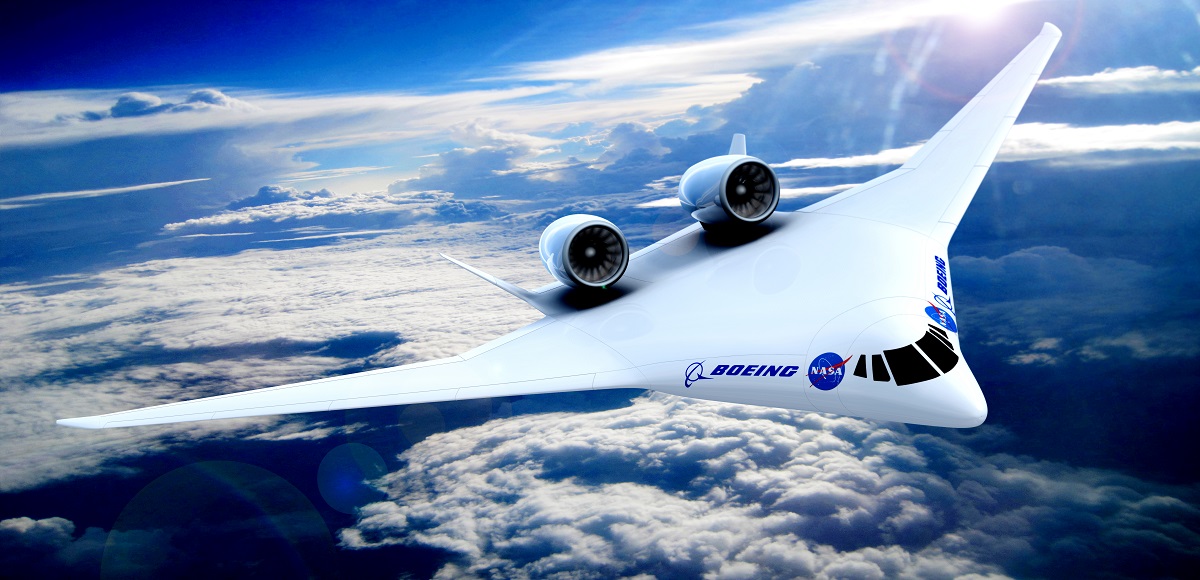 One of the main problems with X-Plane’s predecessors is the high engine noise levels that are resulting from very high jet velocities used during take-off. SST engines need a high specific thrust that creates a loud noise and may cause problems at low altitudes.
One of the main problems with X-Plane’s predecessors is the high engine noise levels that are resulting from very high jet velocities used during take-off. SST engines need a high specific thrust that creates a loud noise and may cause problems at low altitudes.
There is also a problem involving the sonic booms, which is the sound associated with shock waves. This is the reason why SST cannot make an overland flight. According to NASA, the X-plane’s uniquely-shaped structure will reduce the intensity of the sonic booms it creates.
“There are so many people at NASA who have put in their very best efforts to get us to this point. Thanks to their work so far and the work to come, we will be able to use this X-plane to generate the scientifically collected community response data critical to changing the current rules to transforming aviation,” Shin said.
The quest for supersonic transport revival
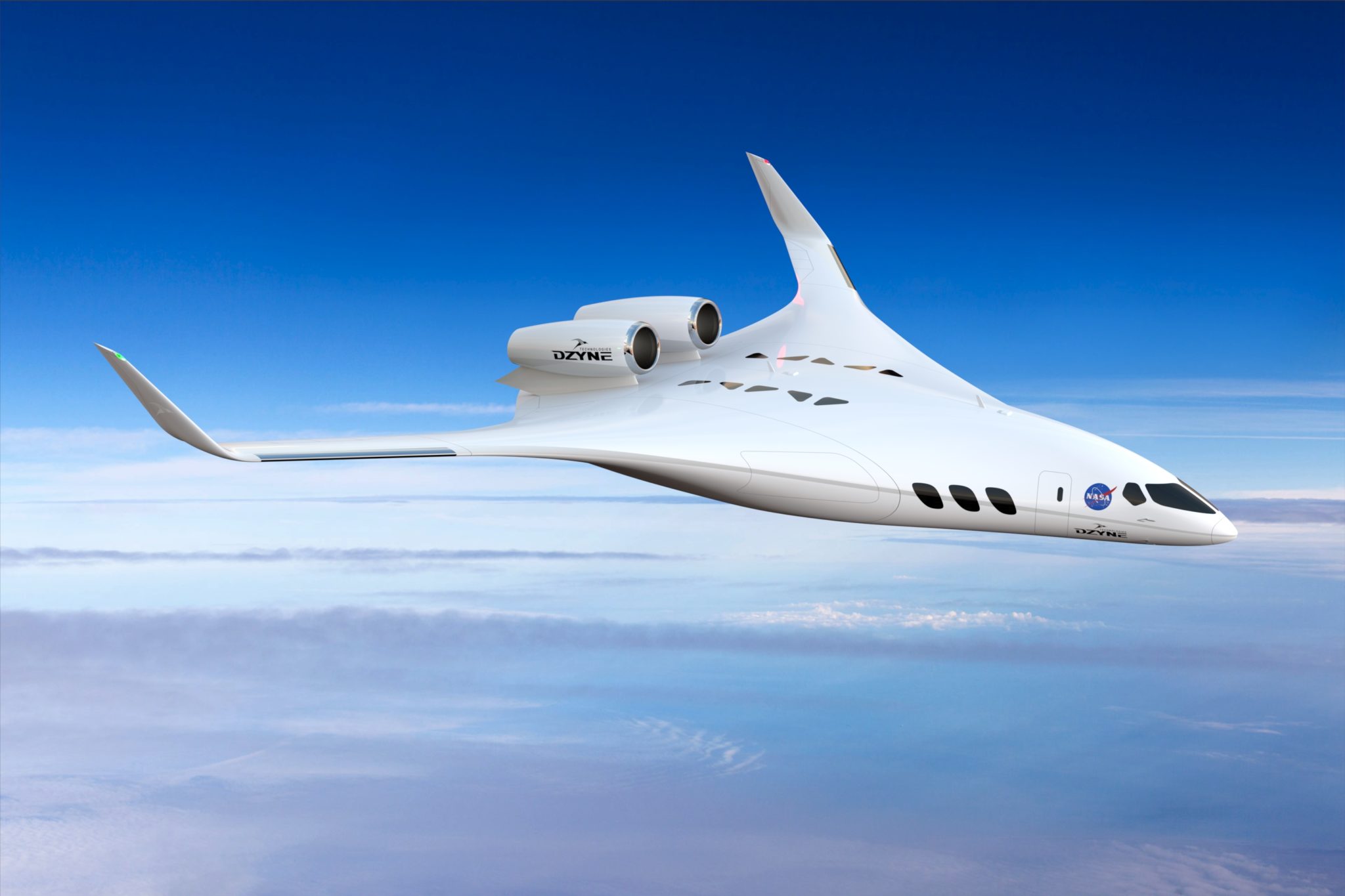
The development of supersonic aircraft is nothing new. Mankind’s obsession with speed is satisfied since the 1950s when serious work on supersonic transport commenced. A supersonic transport is an aircraft that is designed to transport passengers at speeds greater than the speed of sound.
Concorde and Tupolev Tu-144 are two commercial supersonic airliners. Tu-144 marked its last passenger flight in June 1978 and it was last flown by NASA in 1999. Concorde developed the famous and unprofitable SST sold to British Airways and Air France. Its last commercial flight was in October 2003.
Good news, NASA is not alone in the quest to revive supersonic air travel. Japan Airlines recently invested $10 million into Boom Technologies, a Denver-based start-up that also hopes to revive supersonic air travel in the next 10 years. Spike Aerospace is an independent company hoping to test its S-512 Supersonic Jet by the end of this year.
More challenges
Aside from the noise, SST faces a lot more challenges that the proposed X-Plane must address. First, SST is more expensive than the normal commercial flight. The higher fuel costs and lower passenger due to the aerodynamic requirement. For example, a regular commercial flight can board more passengers than Concorde for the same amount of fuel.
Another notable challenge of SST is the engine design. The aircraft’s engine shifts significantly between supersonic and subsonic. Therefore, the engine must be fuel efficient. Moreover, there is a doubt of the airlines to invest in SST. Normally, airlines invest in aircraft thinking of turning a profit. Airlines favoured faster aircrafts because it would mean that it could make more trips in a day that would be translated into profit. However, Concorde’s problems like noise, time zone issues, and insufficient speed mean it could only make a single return trip each day. Many airlines thought of this as an unworthy investment.
There are also other factors that must be put into consideration such as aerodynamics and the wide range of speeds. However, NASA is optimistic that X-Plane will overcome these challenges and will present a better and faster way to travel by air.



 share
share


















































